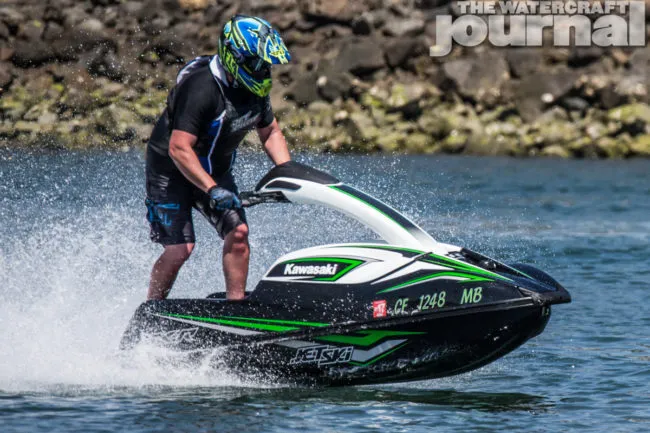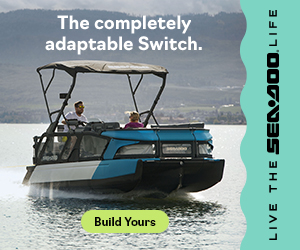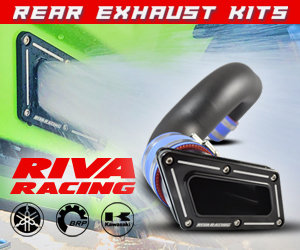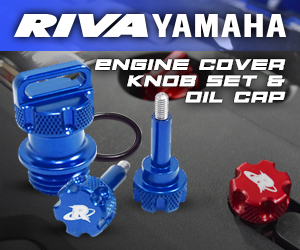Effective immediately, any 2017 Kawasaki SX-R modified to comply with prior 1100cc and Supercharger/Turbocharger rules is illegal in all Ski Watercraft classes, according to a statement issued by the IJSBA last week. The idea was that racers and builders were purposely reducing the engine displacement to the aforementioned 1100cc limit and adding a turbocharger (or supercharger), as many racers competing on smaller aftermarket hull do.
Unfortunately, this move only further cements the Kawasaki SX-R’s position in the various Ski classes as a “as-is” race craft, and goes an additional step towards injuring the aftermarket hull manufacturing industry (which already claimed its first victim, Trinity Composites last year, and only looms over companies like ProForce, Bullett and Kommander to name a few). This past IJSBA World Finals showed the SX-R as a dominant force, but at the cost of others looking to compete, so the future remains a little murky for now.
Here’s the complete, unedited statement issued by the IJSBA below:
IJSBA has received inquiries as to whether competitors may reduce the displacement of the engine in a 2017 Kawasaki SX-R to a displacement below 1100cc in order to add forced induction to the unit. IJSBA answers this question: No, a 2017 Kawasaki SX-R is not eligible to receive forced induction under any circumstances.
The 2017 SX-R was homologated under circumstances that allowed grandfathered dimensions due to the fact that Kawasaki was able to prove the watercraft was in production prior to IJSBA’s change in dimensions to eligible Ski Watercraft. The 2017 SX-R was placed homologated subject to restrictions including, but not limited to: no eligibility for aftermarket hulls; a requirement that the engine block furnished by the manufacturer must be retained at all times, and that IJSBA could apply speed controls to the unit in any class where IJSBA deemed necessary.
In 2007, IJSBA announced an eventual move towards regulating competition watercraft using a power to weight theory along with the traditional method of categorizing competition by allowable modifications. The 2017 SX-R is the first unit where IJSBA’s approach is viewing the power to weight of the watercraft on the race track. IJSBA finds that adding forced induction to this unit would allow accelerations and speeds that exceed the controls IJSBA intends to have over a unit with the weight of an SX-R.
Competitors have made a case that provisions of the IJSBA Rule Book allow for reducing displacement to below 1100cc where forced induction may be utilized in some competition classes. Persons proposing the legality of this modification assert that none of the provisions allowing for displacement reduction and adding forced induction are limited by the weight or size of the Ski watercraft utilizing those modifications. IJSBA disagrees. IJSBA relies on the following provision to support this ruling:
13.9 TURBOCHARGER/SUPERCHARGER
13.9.1 Turbocharger housing must be of the full circulating, water-jacket type at all times when the engine is running. Aftermarket turbochargers and superchargers may be used provided a hazard is not created. Original turbocharger or supercharger may be modified. Aftermarket turbochargers and superchargers may be added to originally normally aspirated watercraft. All hoses and pipes may be modified or aftermarket. Where the Race Director, or Technical Inspector, cannot determine if a turbocharger is sufficiently water-jacketed then a heat wrap and/or additional cooling mechanisms may be added to ensure safety.
IJSBA rules that the use of turbochargers or superchargers on a Ski watercraft the size and weight of a 2017 SX-R is a hazard in Ski competitions where IJSBA has not yet studied the impact of weight accelerating and moving, to the this potential extreme, in Ski competitions without speed control devices. In the interest of safety, IJSBA prohibits the use of such modifications on the SX-R at this time.









